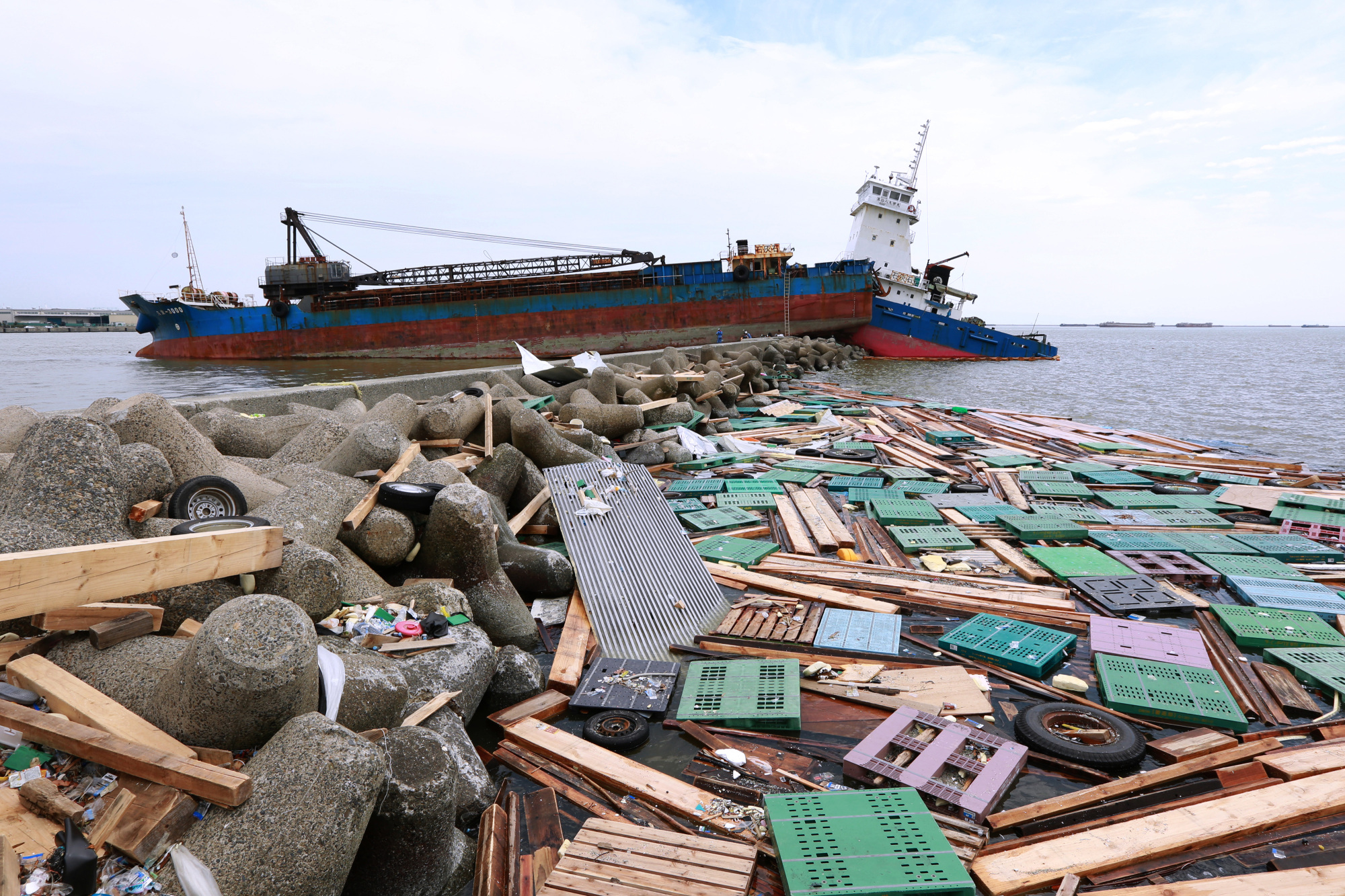Sometimes good things come from bad events. People who truly know what happened in the Great East Japan Earthquake, the Great Hanshin-Awaji Earthquake and other disasters that impacted Japan this year will attest to this. It may not be readily apparent in the aftermath of a traumatic event, but given time, it becomes a truism.
I believe, or at least hope, the recent Typhoon No. 21, known internationally as Typhoon Jebi, will be one of those events where some good will come from something bad. But it can not simply be a matter of seeing the silver lining. The silver lining has to be made, fixed and improved upon from time to time.
I did not have good vibes prior to this typhoon, which turned out to be the strongest storm to strike Japan in 25 years. I spent the day prior to it in Kobe, ironically working on the translation of "Daisaigai no Jidai" (Mainichi Shimbunsha, 2016), to be titled "The Age of Great Disasters," with my former academic adviser, Makoto Iokibe, who served as the chairman of the Tohoku Reconstruction Design Council and was also involved in the post-Hanshin and post-Kumamoto reconstruction efforts.



















With your current subscription plan you can comment on stories. However, before writing your first comment, please create a display name in the Profile section of your subscriber account page.